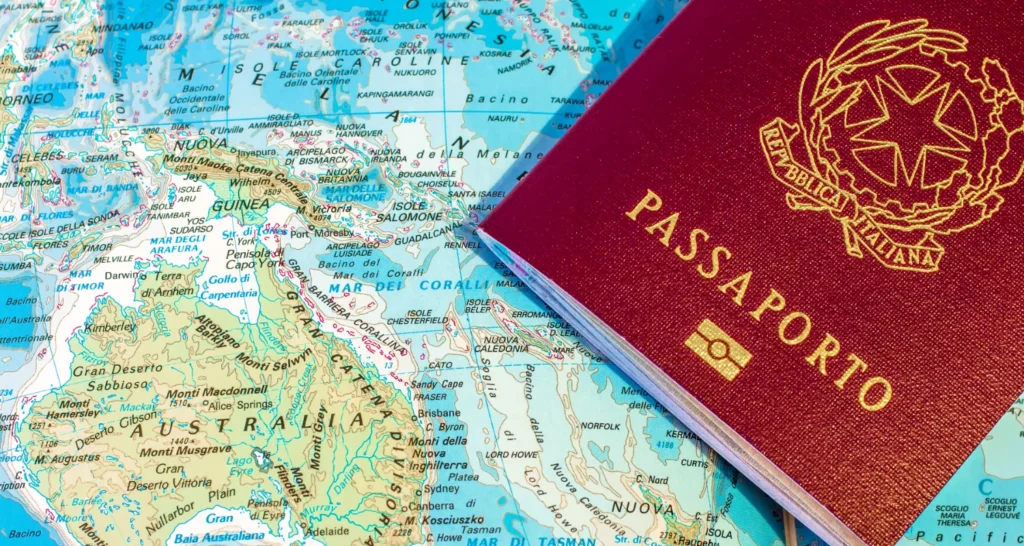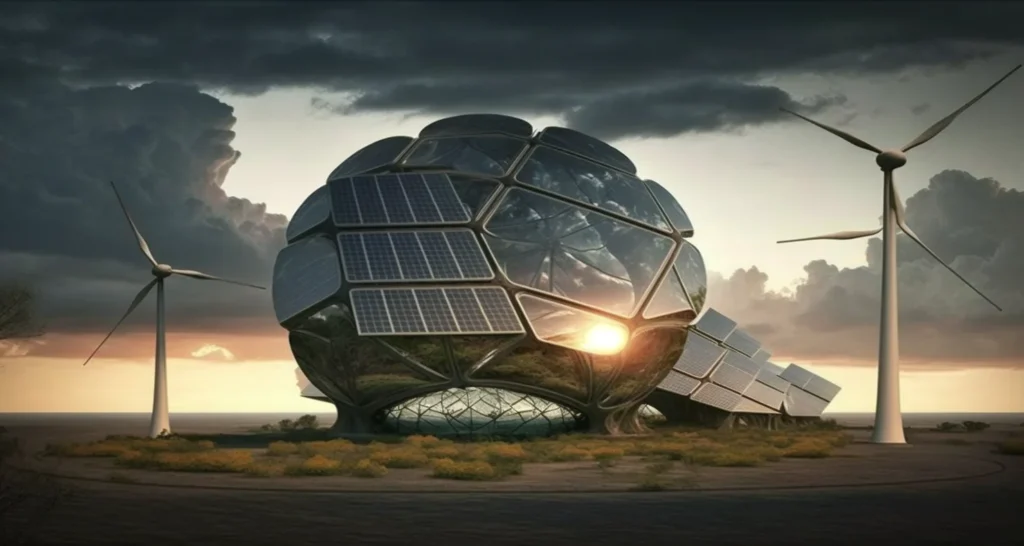A sustainable and smart city, according to Infosys, is one that uses technology and data to improve the lives of its citizens while promoting long-term sustainability and resilience. This type of city prioritizes social, economic, and environmental sustainability and leverages smart technologies to optimize resource usage and enhance access to education, healthcare, and social services. A balanced approach to economic growth, social equity, and environmental sustainability ensures a better quality of life for both current and future generations.
What is a Sustainable and Smart City by Infosys?
- Smart Cities requires integrated management of the economic, social, and infrastructure aspect of urbanization with the use of advanced networked information. Reconcile the challenges of rapid growth with “SMARTNESS”
- Sustainable Cities improve the quality of life in a city, including ecological, cultural, political, institutional, social, and economic components without leaving a burden on future generations.
Elements of Smart Cities by Infosys
Infosys, a global technology consulting and services company, has identified the following six key elements that make up a smart city:
Smart Energy: A smart city must be energy-efficient and sustainable. This can be achieved through the use of smart grids, renewable energy sources, and energy-efficient buildings.
Smart Transportation: An efficient transportation system is critical to a smart city. This can be achieved through the use of smart traffic management systems, intelligent public transportation systems, and connected autonomous vehicles.
Smart Infrastructure: Smart infrastructure is the backbone of a smart city. This includes the use of IoT sensors, smart waste management systems, and real-time monitoring of critical infrastructure such as bridges and water treatment plants.
Smart Buildings: A smart city must have energy-efficient buildings that are equipped with smart technologies. This includes the use of IoT sensors, smart lighting systems, and intelligent building management systems.
Smart Citizen Services: Smart citizen services include the use of digital technologies to enhance the quality of life of citizens. This includes the use of digital healthcare services, online education platforms, and e-government services.
Smart Governance: Smart governance is critical to the success of a smart city. This includes the use of data analytics, citizen engagement platforms, and real-time monitoring systems to ensure effective decision-making and service delivery.

Economic: Innovation spirit Entrepreneurship, Economic image & trademarks Productivity, Flexibility of labor markets, International embeddedness, Ability to transform
People: Level of qualification, Affinity to lifelong learning, Social and ethnic plurality, Flexibility, Creativity, Cosmopolitanism, Open-mindedness, Participation in public life
Government: Participation in decision making Public and Social Services, Transparent governance, Political strategies & perspective
Mobility & ICT: Local accessibility International accessibility, Availability of ICT infrastructure, Sustainable, innovative, and safe transport system
Environment: Natural conditions, Pollution, Environmental protection, Sustainable resource management
Smart Living: Cultural facilities, Health conditions, Individual safety, Housing quality, Education facilities, Touristic attractivity, Social cohesion
Some general information on job levels and roles at Infosys, a global information technology and consulting firm.
Technology Analyst: This is an entry-level role at Infosys, typically for recent graduates or early-career professionals. Technology Analysts are responsible for developing, testing, and implementing software solutions, and they work closely with senior team members to deliver projects.
System Engineer: This is a mid-level role at Infosys, where professionals design, develop, and maintain software applications or systems. They may also be involved in troubleshooting and resolving technical issues, as well as collaborating with other team members in project delivery.
Senior Systems Engineer: This is a higher-level role at Infosys, where professionals have more experience and expertise in designing, developing, and managing complex software applications or systems. They may also provide technical leadership to junior team members and contribute to project planning and execution.
Senior Project Manager: This is a leadership role at Infosys, where professionals are responsible for overseeing and managing large-scale IT projects. They coordinate project teams, develop project plans, manage budgets and resources, and ensure timely project delivery.
As for average annual salaries at Infosys, they can vary depending on factors such as job level, experience, location, and specific role. It’s best to research up-to-date salary information from reliable sources or consult with Infosys directly for accurate and current salary details.
Smart Cities we can say are all about working together - some facts
- 98% of construction waste is diverted from landfills and reused or recycled instead
- Nearly 2 million tonnes of contaminated soil was cleaned for reuse on the Olympic Park in the UK’s largest soil-washing operation
- 63% of materials are delivered to the Olympic Park site by weight by rail or water. 4 million tonnes of goods will have been moved by rail by the start of the Games, saving 120,000 tonnes of CO2 from an equivalent delivery operation by lorry
- 4,000 smooth newts, 100 toads, and 300 common lizards relocated off the park, as well as fish including pike and eels. Over 1 hectare of new wildlife habitat was created on Hackney Marsh to accommodate these
- Over 4,000 trees, 74.000 plants, 60,000 bulbs, and 240,000 wetland plants will be planted to create a new open green space for London, one of the largest planting projects ever undertaken in the UK
- Park and venues feature 45 hectares of wildlife habitats – including reedbeds, grasslands, woodlands, 525 bird boxes, 150 bat boxes, and artificial otter holts
- Olympic Park sports venues will use 56% less drinking water than equivalent buildings – through features such as low-flow water fixtures and toilets and the use of reclaimed water
- New energy infrastructure will help achieve a 50% reduction in CO2 emissions from permanent buildings on the site
- The Olympic Village will achieve a 44% reduction in carbon emissions and 30% reduction in water use – meeting Government’s ‘Code for Sustainable Homes Level Four’

What is the typical hierarchy in infosys?
Infosys is a global technology consulting and services company that follows a typical hierarchical structure, like most large organizations. The hierarchy typically includes the following levels:
Board of Directors: The highest level of the organization is the board of directors, which consists of independent directors and executive directors who oversee the company’s strategic direction and performance.
Executive Leadership Team: This team is responsible for the day-to-day management of the company and includes the CEO, COO, CFO, and other senior executives who lead various business units and functions.
Business Units and Functions: The company is organized into several business units and functions, such as technology services, consulting, and digital services. Each of these units is led by a senior executive who reports to the executive leadership team.
Middle Management: This level includes managers and team leaders who oversee the daily operations of various departments and teams within each business unit and function.
Individual Contributors: This is the lowest level of the hierarchy and includes employees who work in various roles such as software development, data analysis, marketing, and administration.
Infosys’ hierarchical structure is designed to provide clear lines of authority, promote accountability, and ensure effective management and decision-making across the organization.













